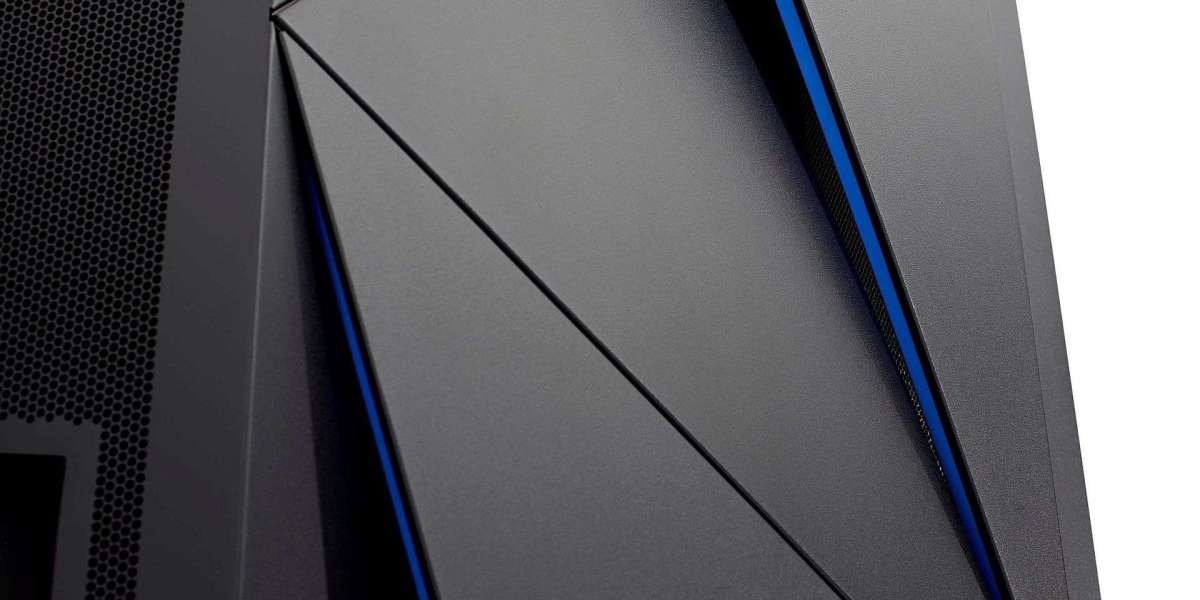Purchasing customized injection molds for chairs and automotive components from reputable Chinese mold makers can significantly reduce tooling costs. However, careful project management is essential to ensure high quality molds are produced consistent with specifications. Here is a comprehensive guide to navigating the process successfully.
Overview of chair and automotive mold sourcing from China
China has become a major supplier of plastic injection molds globally across many industries, including consumer products and automotive. With lower labor costs and skilled engineers, Chinese mold makers can deliver substantial cost savings compared to North American or European sources.
However, working with an overseas supply chain also introduces potential risks around quality control, intellectual property protection, production schedules, and communication barriers. Proper vetting of suppliers, validation procedures, documentation, and collaboration is key to mitigate these risks when sourcing Chinese tooling. The flexibility of injection molded plastics allows both high-volume consumer goods such as molded plastic seating and specialized components like precision auto parts with tight tolerances. As full-service specialists, MyPlasticMold handles complete mold projects from concept drawings to production.
How to evaluate and select Chinese mold suppliers
Finding the right injection mold partner is the most crucial step to achieve premium mold quality and value. Use these criteria when assessing Chinese suppliers:
- Specialized expertise – Seek companies with proven experience in molds specifically for chairs, automotive applications, or similar products. Ask for referrals.
- Technical capabilities – Evaluate engineering staff competency, equipment, facility, quality systems, and portfolio of past automotive and consumer product molds.
- Production capacity – Confirm the supplier can meet potential order volumes without delays or quality problems from overload.
- Reputation – Check for satisfied past customers and proven ability to deliver high quality, complex molds on time. Avoid suppliers with poor reviews.
- Communication – Assess responsiveness, English proficiency, transparency, and cultural fit. This greatly enables project success.
- Cost competitiveness – Compare pricing between several qualified suppliers. Seek optimal total value rather than just lowest initial quote.
Thoroughly vetting and qualifying suppliers upfront reduces project risks and ensures satisfactory mold output. Visit facilities in person for even better assessment whenever possible.
Defining chair and automotive mold requirements
Provide comprehensive specifications to Chinese suppliers to maximize clarity and prevent errors:
- 3D CAD data – Supply full 3D models of expected mold and part geometry. Avoid misinterpretations from limited 2D drawings.
- Material specifications – Define plastic resin materials required, including grade, density, additives, surface properties, etc.
- Dimensional precision – Call out critical mold dimensions and tolerances required. Provide guidance on acceptable variation levels.
- Mold base specifications – Required mold plate sizes, materials, textures, cooling design, ejector layout, etc.
- Lifetime requirements – Detail expected part production volumes and longevity requirements in cycles. This defines durability needs.
- Qualification protocols – Any tests, measurements, and validation data required from samples for first article inspection and process approval.
Total clarity on specifications upfront prevents defects, revisions, and delays from misaligned expectations between customer and Chinese supplier. Treat RFQ as collaboration to define requirements.
Best practices for quality control and validation
Robust quality management practices ensure Chinese molds meet specifications. Implement these steps:
- Design reviews – Hold formal design reviews at multiple stages to fully align before fabrication begins.
- Interim inspections – Inspect workmanship and test critical functions at multiple points throughout the mold fabrication process.
- First article sampling – Thoroughly test parts molded from initial samples. Confirm full specification compliance before approving the mold for production use.
- Dimensional reports – Require detailed dimensional inspection reports from the supplier for first article validation.
- Ongoing monitoring – Periodically audit supplier process controls and inspect molded parts during production to ensure consistency.
- Controlled design changes – Utilize formal change management procedures and impact reviews for any post-fabrication design change requests.
- Documentation – Insist on thorough documentation of all quality processes, measurements, issues, and corrective actions taken.
Proactively working alongside Chinese partners to implement robust quality control demonstrates the importance of delivering molds fully meeting specifications in all regards.
Key considerations around lead times and project planning
Proper planning and open communication allow molds to be delivered on schedule without surprises. Discuss these considerations upfront:
- Realistic timeline estimates – Develop schedules collaboratively based on design complexity, shop bandwidth, potential delays, and shipping logistics.
- Milestone mapping – Outline key dates for reviews, inspections, payment points, shipping, customs, and delivery. Monitor milestone progress closely.
- Rush fees – Understand costs for accelerating timelines if business needs change. However, compressed schedules increase quality risks.
- Revisions allowance – Build some buffer for minor post-sampling improvements or adjustments into the schedule. Assume at least one round of revisions.
- Ongoing communication – Set routine project calls to check progress proactively, address questions, and resolve issues early before problems develop.
- Contingency plans – Have backup supplier options if the primary vendor falls behind schedule or fails to meet quality standards after contracts are signed. But don’t share this openly.
Proactively planning for success while also considering risk mitigation tactics results in positive, on-time mold delivery working with Chinese partners.
Sourcing premium quality chair molds and automotive tooling from China at optimal total cost can be readily achieved by selecting the right supplier, clearly defining specifications, implementing robust quality control, and maintaining excellent communication and project governance throughout the development process.



